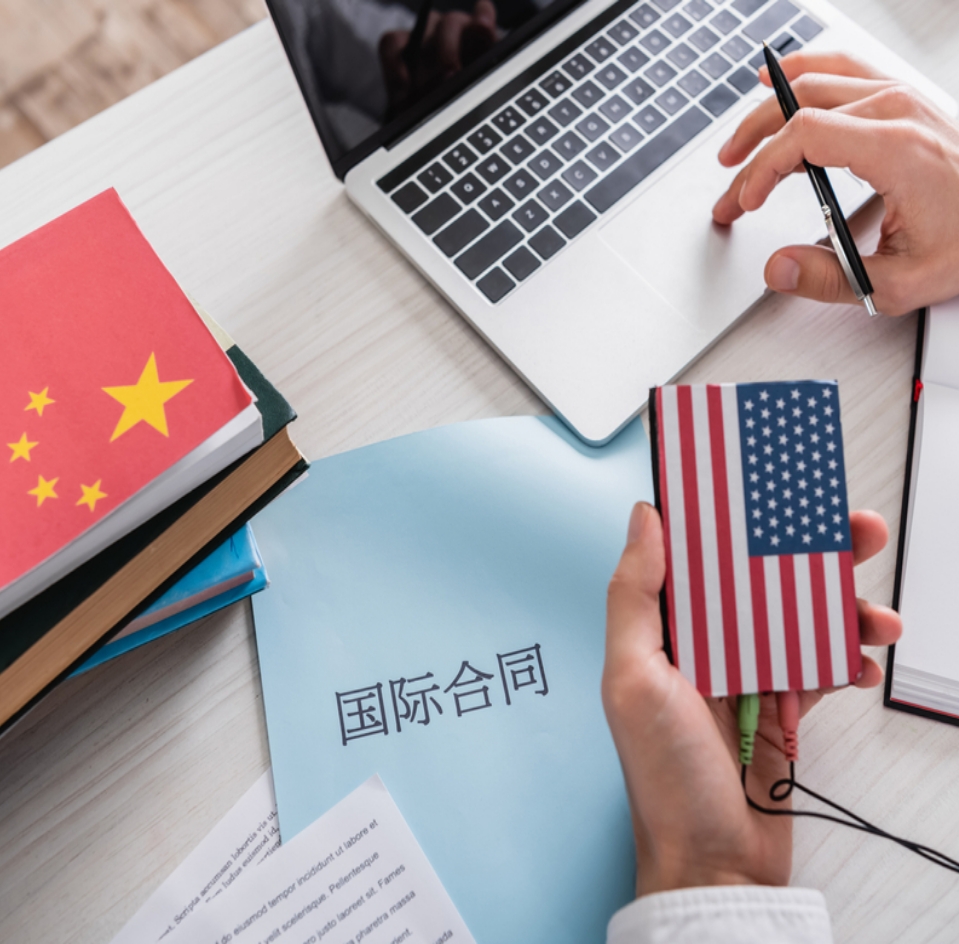Tap Into The Major Chinese Market With Specialized Translation Services
China is a dominant global powerhouse. This means that the demand for Chinese translations has increased dramatically across the board. With a 2,650 percent increase in internet users between 2000 and 2020, Chinese is the most used language on the internet after English. Since Chinese has reported more than double the online growth compared to the English language, including Chinese translation services as part of a market expansion plan has become an essential business strategy.
Leverage The Most Qualified Translators
Benefit from an experienced and reliable team of translators ready to utilize the most innovative tools on the market.
We only work with translators who are:
- Native in the target language
- Located in the target country/locale
- Specialized in the subject matter
- Highly trained in the Translation (CAT) tools

Get targeted translation solutions optimized for the Chinese-speaking market
- Chinese belongs to the Sino-Tibetan family and is known as the oldest written language in the world. Important for the translation industry is that there are actually two written variations of Chinese.
- In an attempt to boost the literacy rate among its people, the Chinese Republic implemented a simplified version of the language back in the 1950s. While this simplified written Chinese remains the predominant system in mainland China and Singapore, the traditional form is still used in Taiwan, Hong Kong, and Macau
- Not only is Chinese the most spoken language in the world, but China itself is also the fastest growing economy. As a result, Mandarin Chinese is one of the most studied languages and highly respected within the business world.
- Chinese is one of the United Nations six official languages along with English, Spanish, French, Russian and Arabic.
Want to learn more about how we can help you?
Chinese to English and English to Chinese Translation Challenges
- What makes the Chinese language challenging is context. Chinese has no singular form, nor does it have a plural one, and there are also no verb conjugations to discern the tenses. So, the only way to tell the difference is by being aware of the wider context used in the content.
- But, context also extends beyond the linguistic aspects, to regional and cultural values. Maybe by now, you are wondering where Mandarin comes into the picture.
- The simplified and traditional forms mentioned above refer solely to the written language, while Mandarin is one of the most common verbal dialects next to Cantonese. So, what if we have to localize an eLearning course where both verbal and written languages will need to be implemented?

Why Laoret
Translation Services
Our ISO 9001 and ISO 17100 Certified Translation Services are maximized within the process of Connected Translation
While 100% accuracy strongly defines our services, our translations are also immensely creative when it comes to reflecting the tone and identity of your industry. That is why our professional translators also possess a deep understanding of your business and the audience you are aiming to reach. That is why our professional translators also possess a deep understanding of your business and the audience you are aiming to reach.











